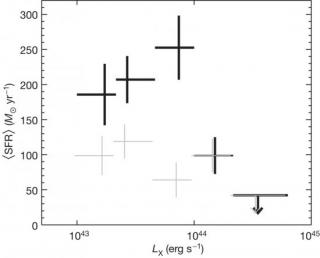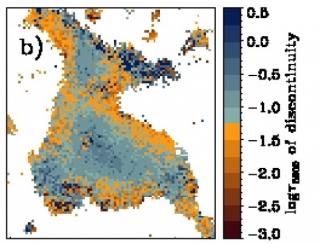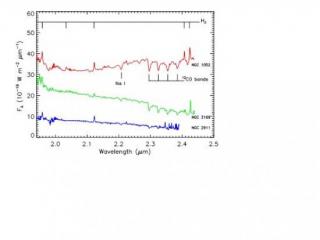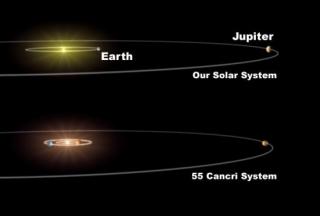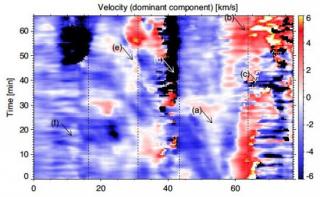
We present observational evidence of apparent plasma rotational motions in the feet of a solar prominence. Our study is based on spectroscopic observations taken in the \ion{He}{1}~1083.0~nm multiplet with the Tenerife Infrared Polarimeter attached to the German Vacuum Tower Telescope. We recorded a time sequence of spectra with 34 s cadence placing the slit of the spectrograph almost parallel to the solar limb and crossing two feet of an intermediate size, quiescent {\it hedgerow} prominence. The data show opposite Doppler shifts, $\pm$~6\kms, at the edges of the prominence feet. We argue
Advertised on
